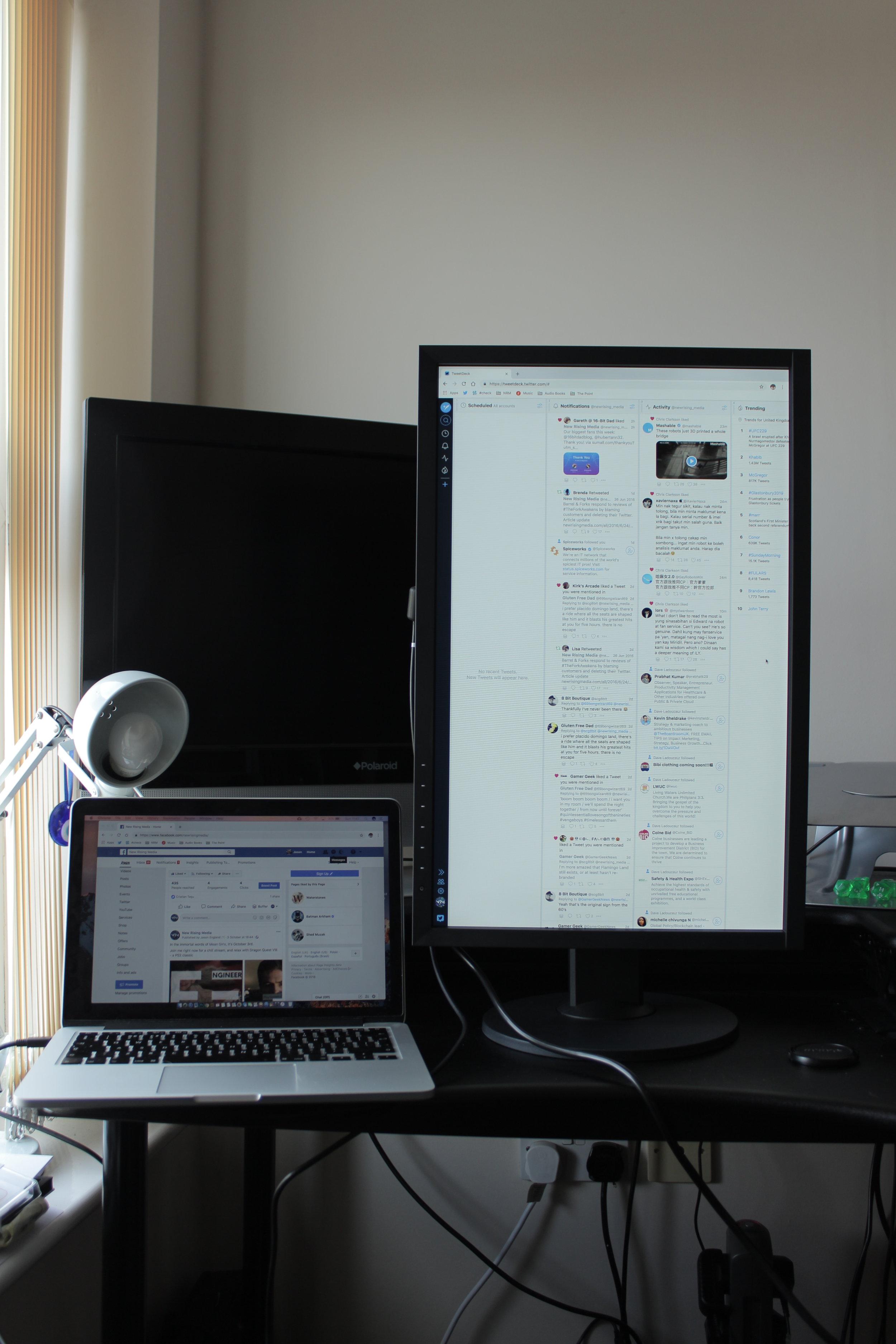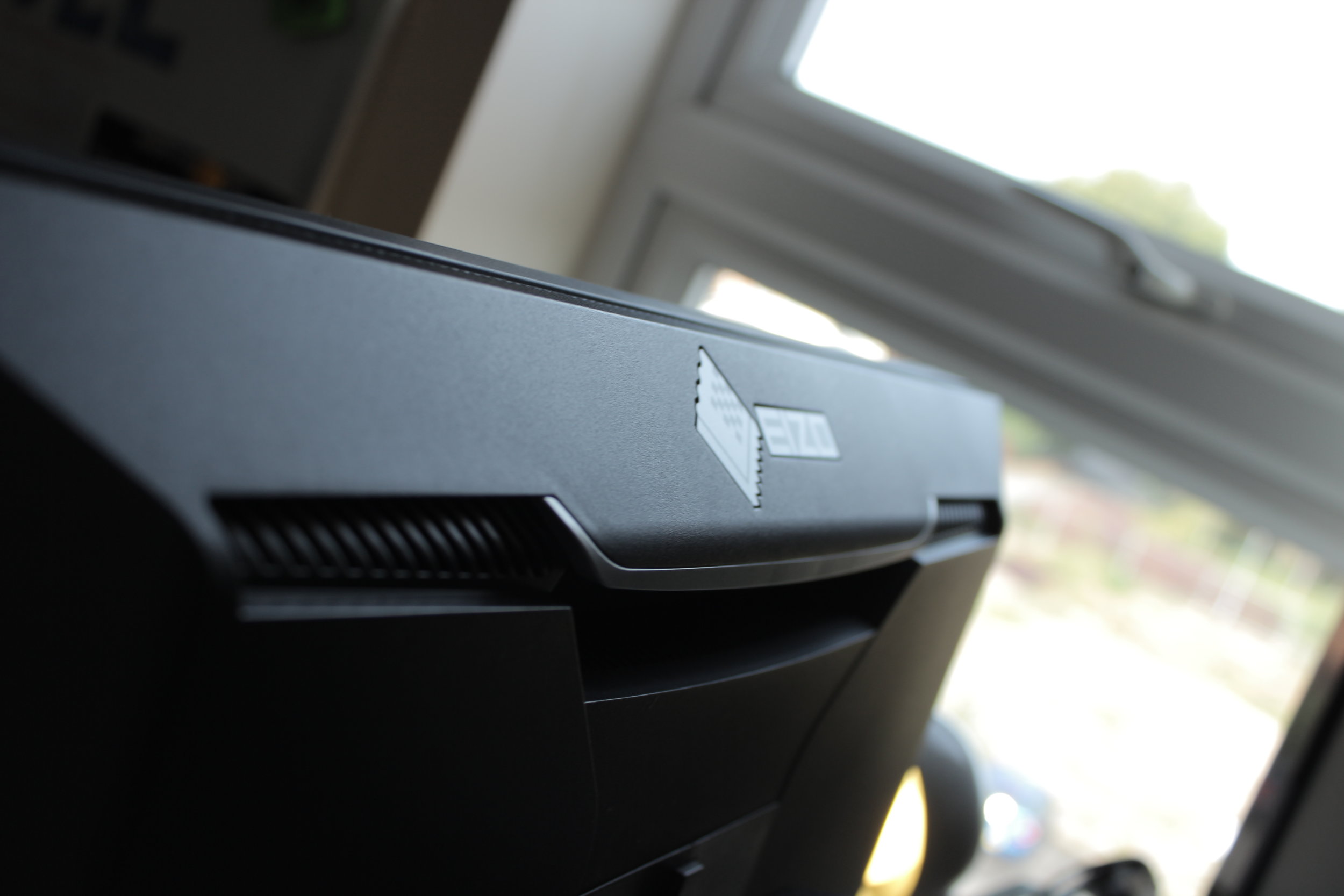Eizo CS2420 Monitor Review
Are you a budding digital creative pro looking for a new monitor? The Eizo CS2420 display is a really good option!
So, this is a bit of a different gadget review to what I normally do, but one I’m more excited about than my previous smartphone, smartwatch and tablet pieces.
Why? Because it’s a new product category that I care about. The display is a window to all your content consumption and (more importantly for this monitor) creation. Design needs to be sleek and not look like an on-desk monstrosity, but more importantly, colour recreation needs to perfectly represent what you’re making, and sharpness needs to not detract from the experience of using it.
Hopefully I’m not the only person that has suffered from headaches by being distracted by low pixel counts and finding myself focussing too hard on individual blocks of light, otherwise all the above makes no sense! But if anything, it makes me a tougher customer than most.
Anyway, I digress. The Eizo CS2420 is part of the company’s prosumer range - bringing a lot of the tech that comes in a pro display, but also parred down to a price more swallowable for the serious hobbyists out there.
The consumer eye also extends to the setup, which was really simple! In terms of hardware (not really much to say about how it looks. It’s a big black monitor), all it took was just popping it on the stand and connecting up using the pre-packaged cables. The variety of outputs are wide enough as to even accommodate the most awkward of computer users (looking at you, DVI people).
On the software end, the user interface was nice and easy to use with plenty of customisation, to ensure colour reproduction accurately matches the output - mostly done automatically thanks to the 99% wide gamut coverage of Adobe’s RGB scale.
Which brings us nicely onto the display itself. The 24.1” IPS panel is vibrant, and colours pop off the screen - even at hard angles. Plus, the 1000:1 contrast ratio keeps the whites looking crisp and the blacks deep without any blowout.
However, to my point in the diatribe above, the pixel count rests at 1920x1200 (94 ppi), which means pixels are easily identified. I must say it didn’t cause any headaches for me, as the explosion of colour kept me nicely distracted, and noticing a pixel on a display is not a deal breaker, but it’s something you do notice.
At just over £450, this is not a casual purchase by any stretch of the imagination.
But the easy user-interface, near-perfect colour reproduction (paired with Eizo’s brilliant ColorNavigator calibration software to keep things accurate across all your programs), makes this an ideal purchase for any digital creative looking to get serious in digital photography, video editing and illustration.
It may not look fancy, but it does the job really, really well.







